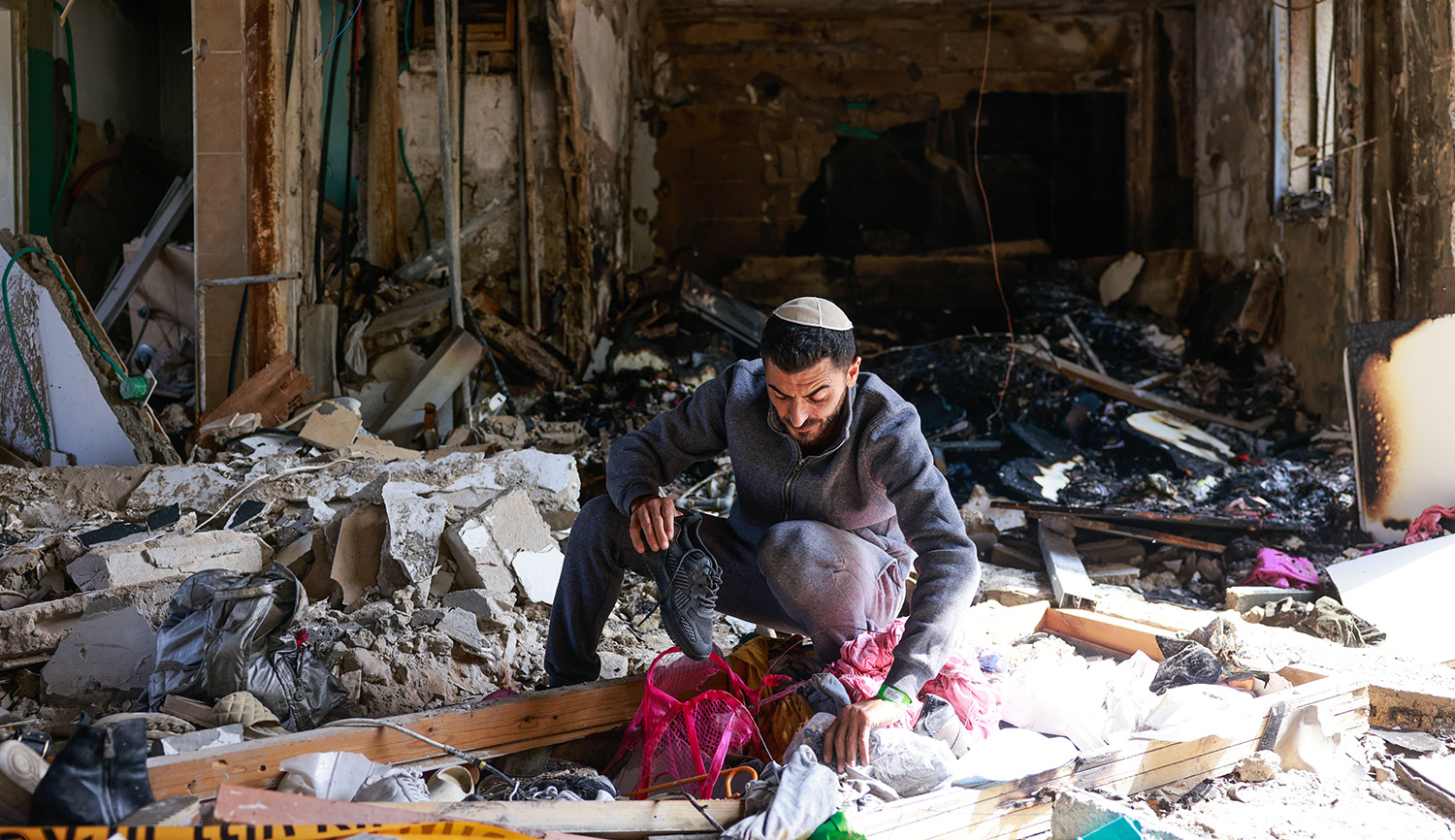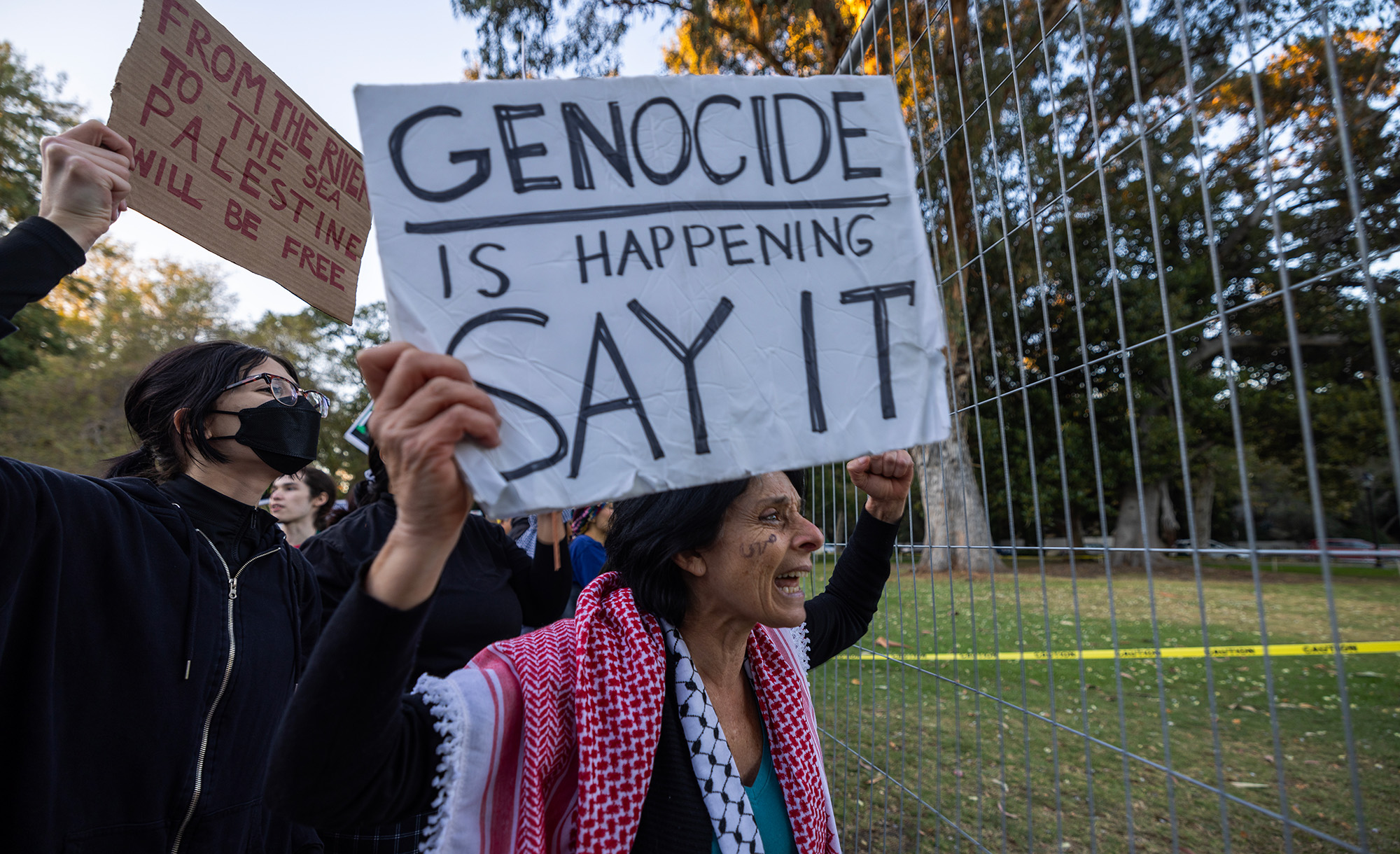In one of its many puzzling moments, the Passover Haggadah, in a midrashic reading of a section from Exodus, makes a point that God alone was responsible for the slaying of the Egyptian firstborn: “I and no angel. . . . I and no seraph. . . . I and no emissary. . . . It is I and no other.” Steven Weitzman offers an explanation as to why:
Some scholars view this [passage] as a response to a Gnostic belief that a divine logos (a personified Wisdom) helped God to redeem the Israelites. However, it is more likely a response to Christianity and its claim that God redeemed humanity through a messianic Jesus. No, this midrash retorts, God did not rely on an intermediary. Israel’s redemption was far greater than the redemption conceived by Christians, because God intervened directly to save his people.
Weitzman continues in this vein in explaining the following segment, which makes a point of reading a verse as referring to God’s sword and the revelation of His presence, although these appear nowhere in the biblical narrative from which the verse is drawn:
Just as the first part of Haggadah’s midrash counters the Christian understanding of redemption—God did not need an assistant (like Jesus) to save his people; He and no one else delivered them—so this second part extends the anti-Christian polemic, countering a tradition known as the Arma Christi, “the weapons of Christ,” with its own catalogue of the powers that God used to deliver Israel from slavery and death.
In later European culture, the Arma Christi were used to stigmatize the Jews—hands shown in a slapping gesture or pulling Christ’s hair are not attached to bodies, but it was understood that they belonged to Jews, and some depictions also include a grotesque face of a Jew spitting at Jesus.
More about: ancient Judaism, Haggadah, Jewish-Christian relations


